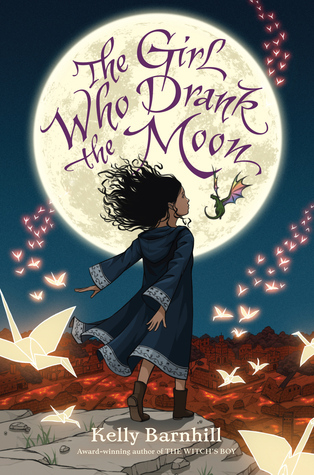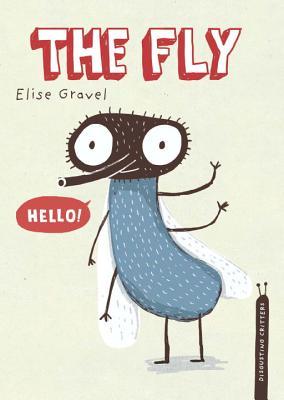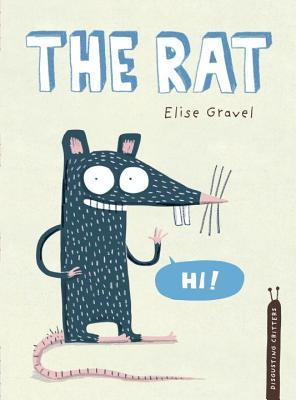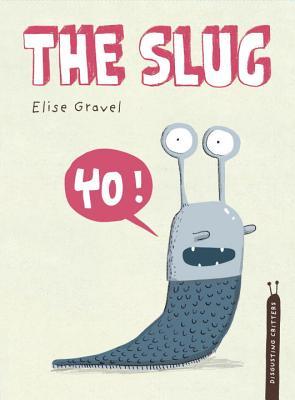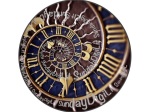 |
| photo via unsplash |
You Are There
by Erica Jong
You are there.
You have always been
there.
Even when you thought
you were climbing
you had already arrived.
Even when you were
breathing hard,
you were at rest.
Even then it was clear
you were there.
Not in our nature
to know what
is journey and what
arrival.
Even if we knew
we would not admit.
Even if we lived
we would think
we were just
germinating.
To live is to be
uncertain.
Certainty comes
at the end.
I have lived the last two weeks at full tilt. Life has come at me non-stop. It has felt like perpetual motion, but perhaps Jong is right. Perhaps it was just two week's worth of intense arrival. I was definitely there, even though I wasn't here to comment on your posts.
I'm looking forward to a slower period of arrival. I'm looking forward to visiting the roundup this week and seeing what everyone's up to.
Thanks for your patience with my silence.
The roundup the week is at Karen Edmisten's blog. The one with the "Shockingly Clever Title."





